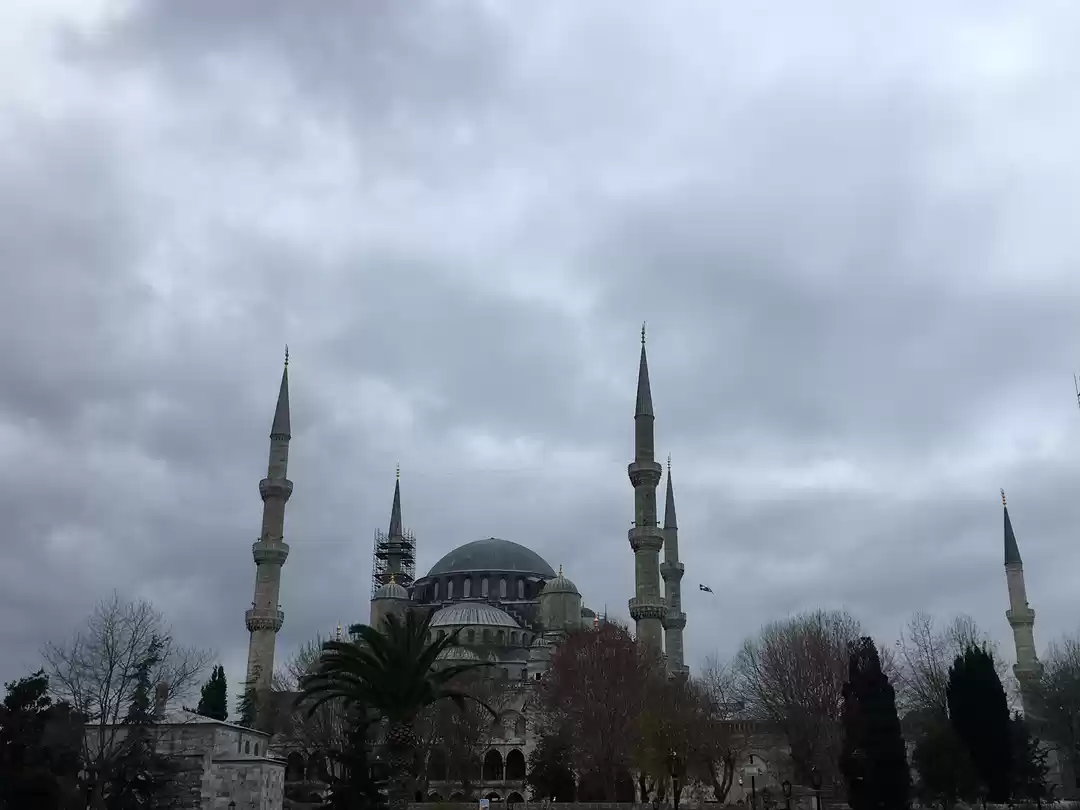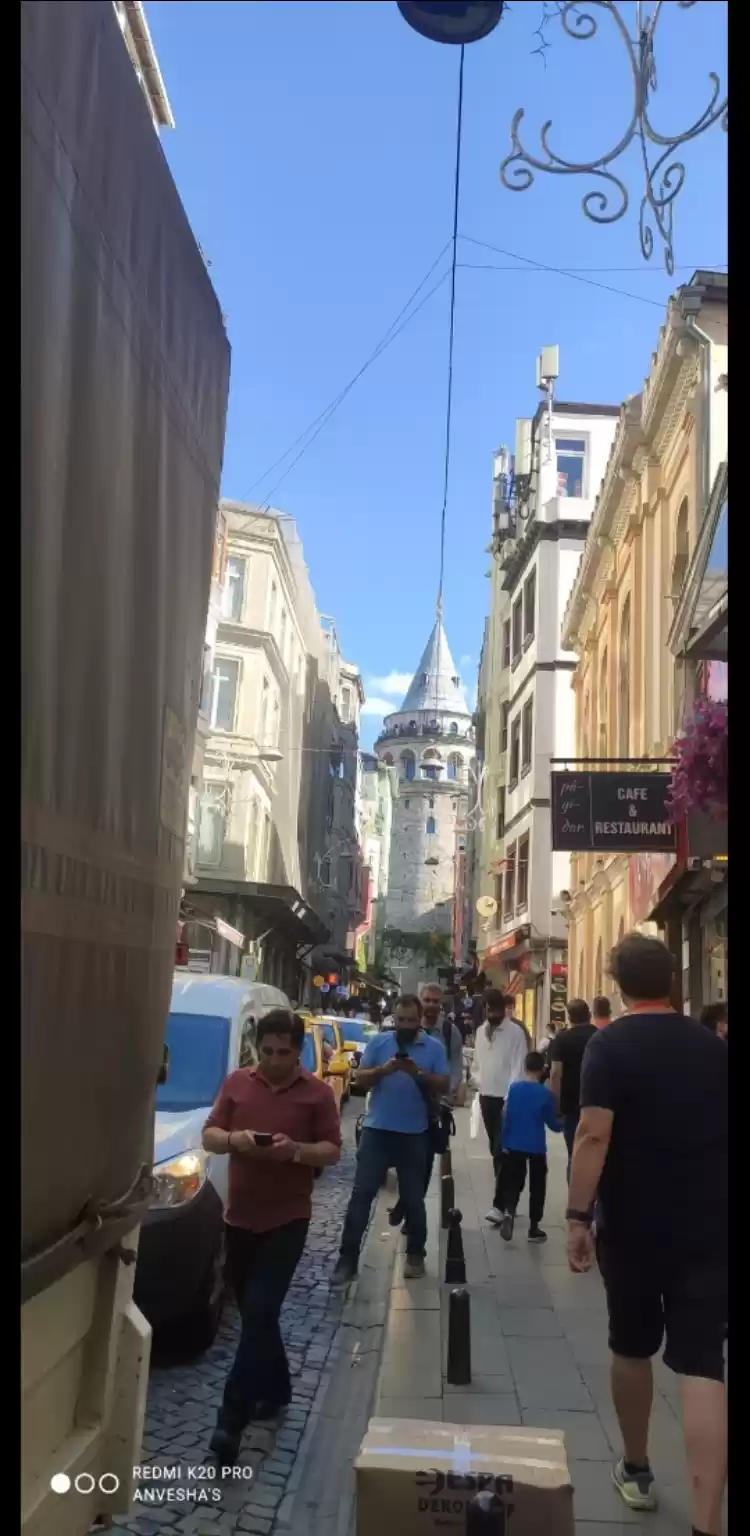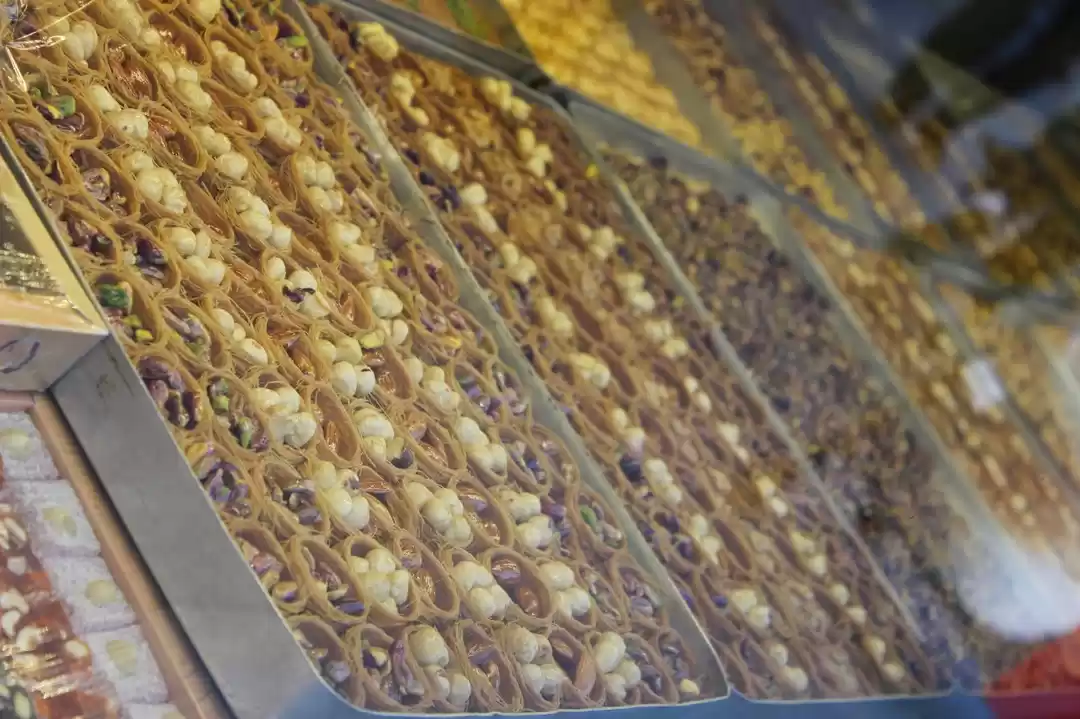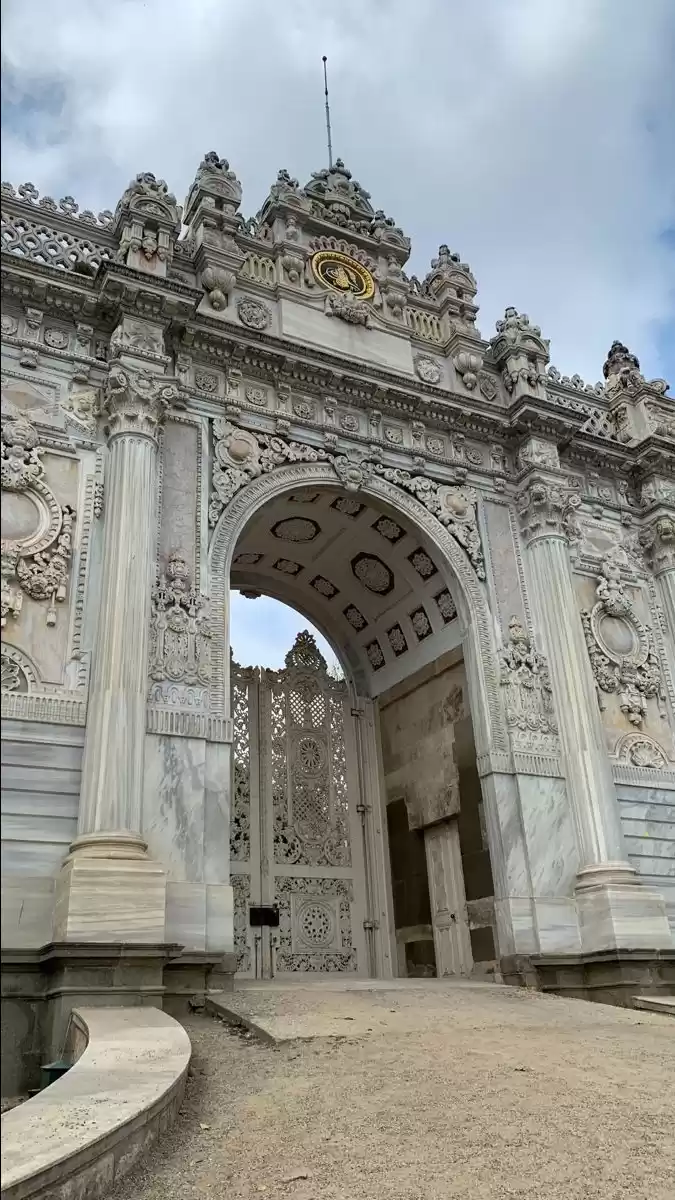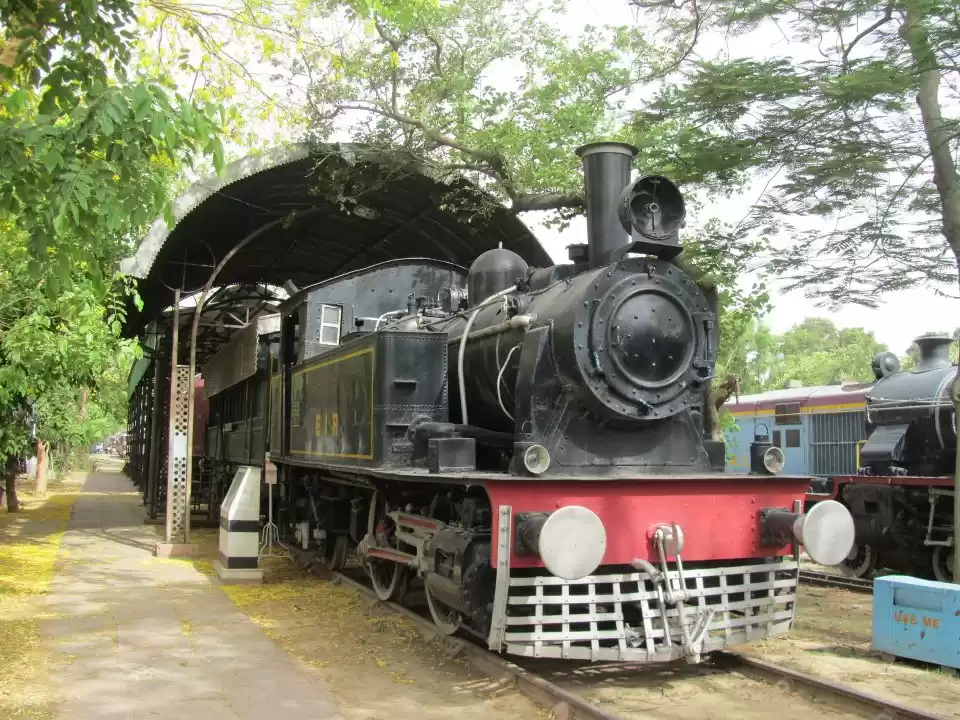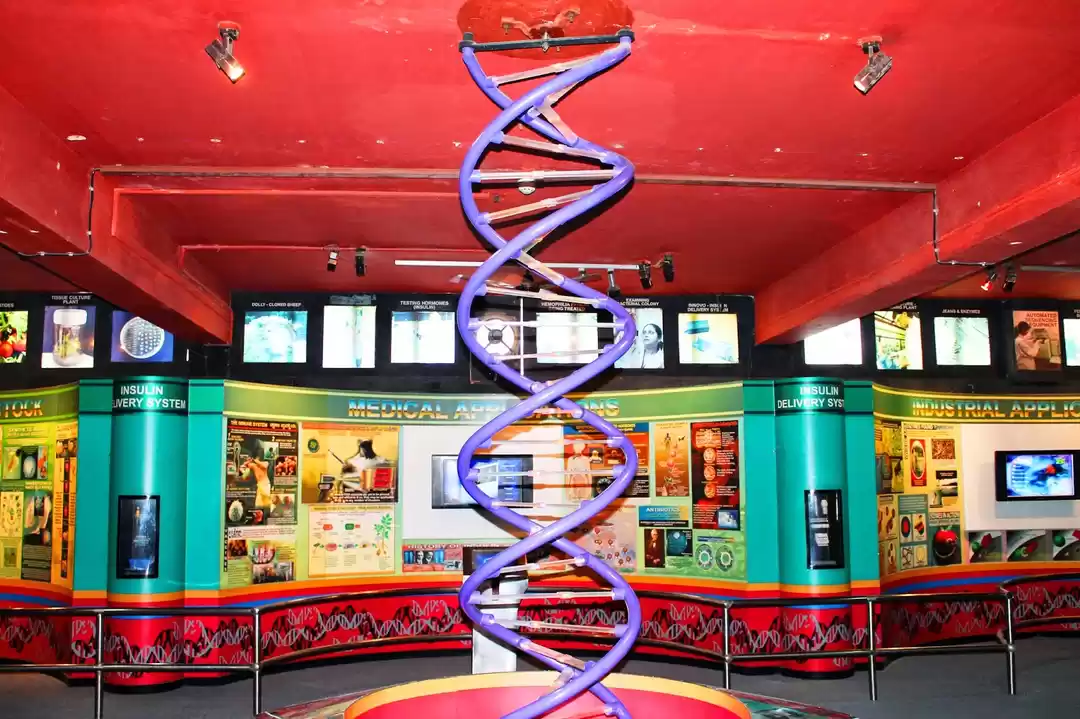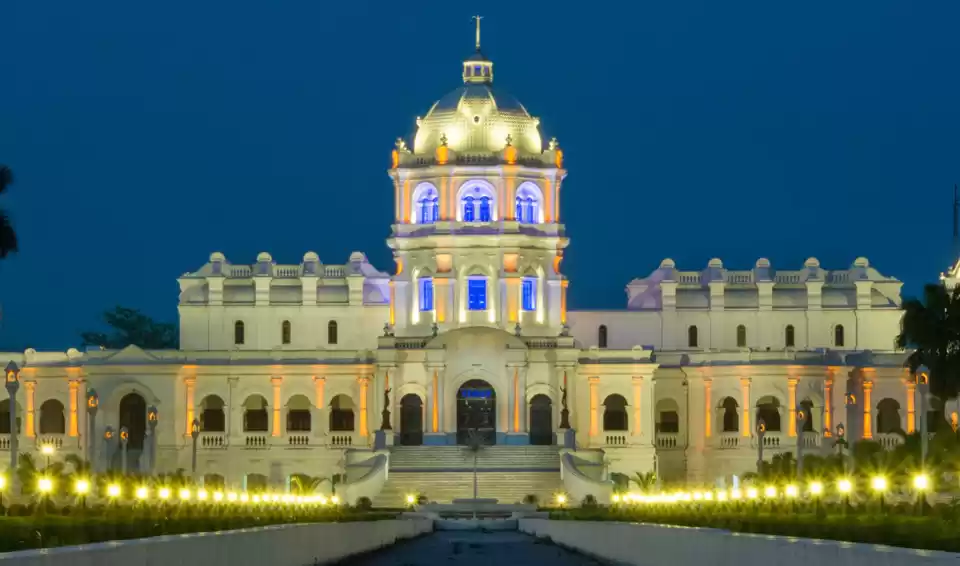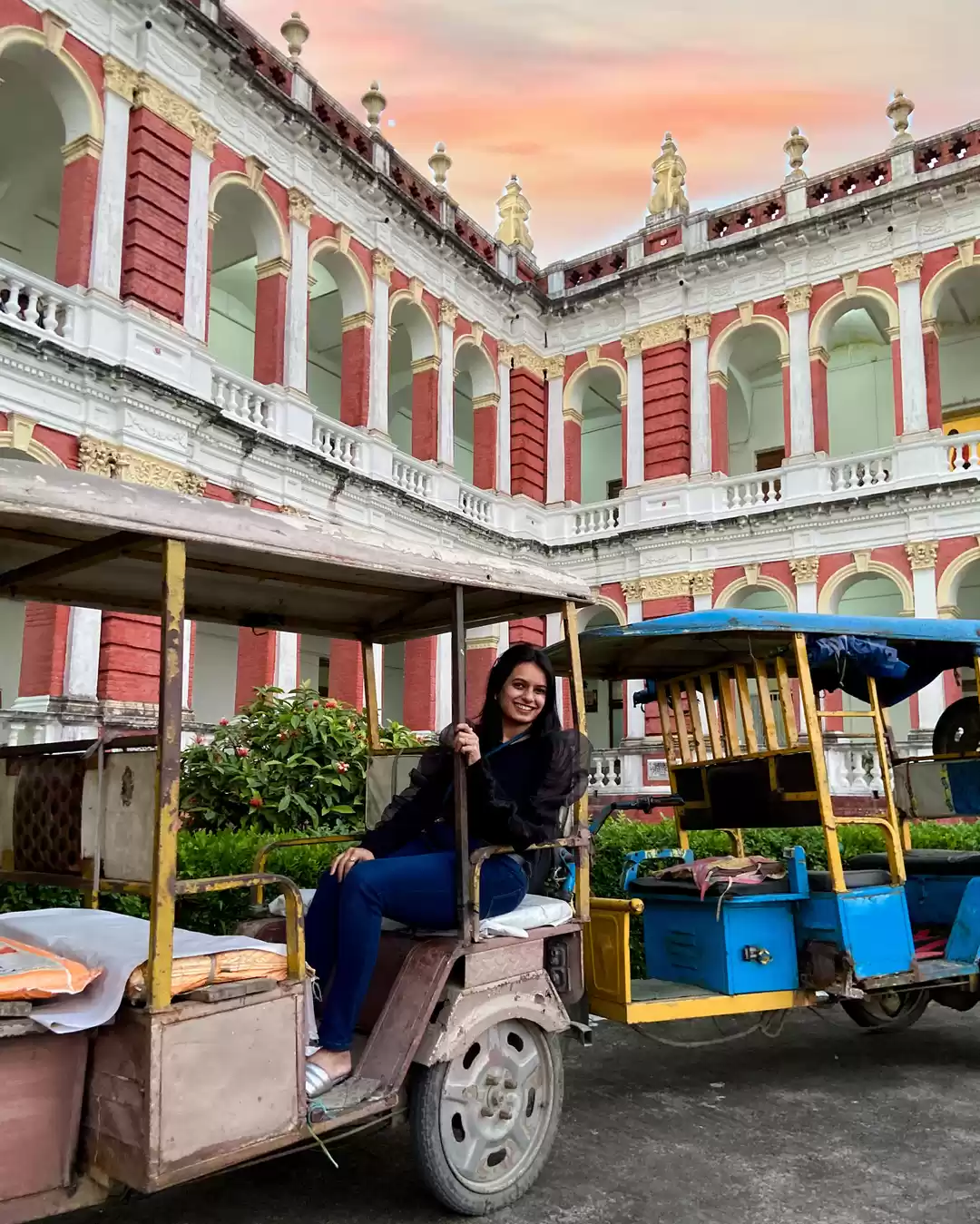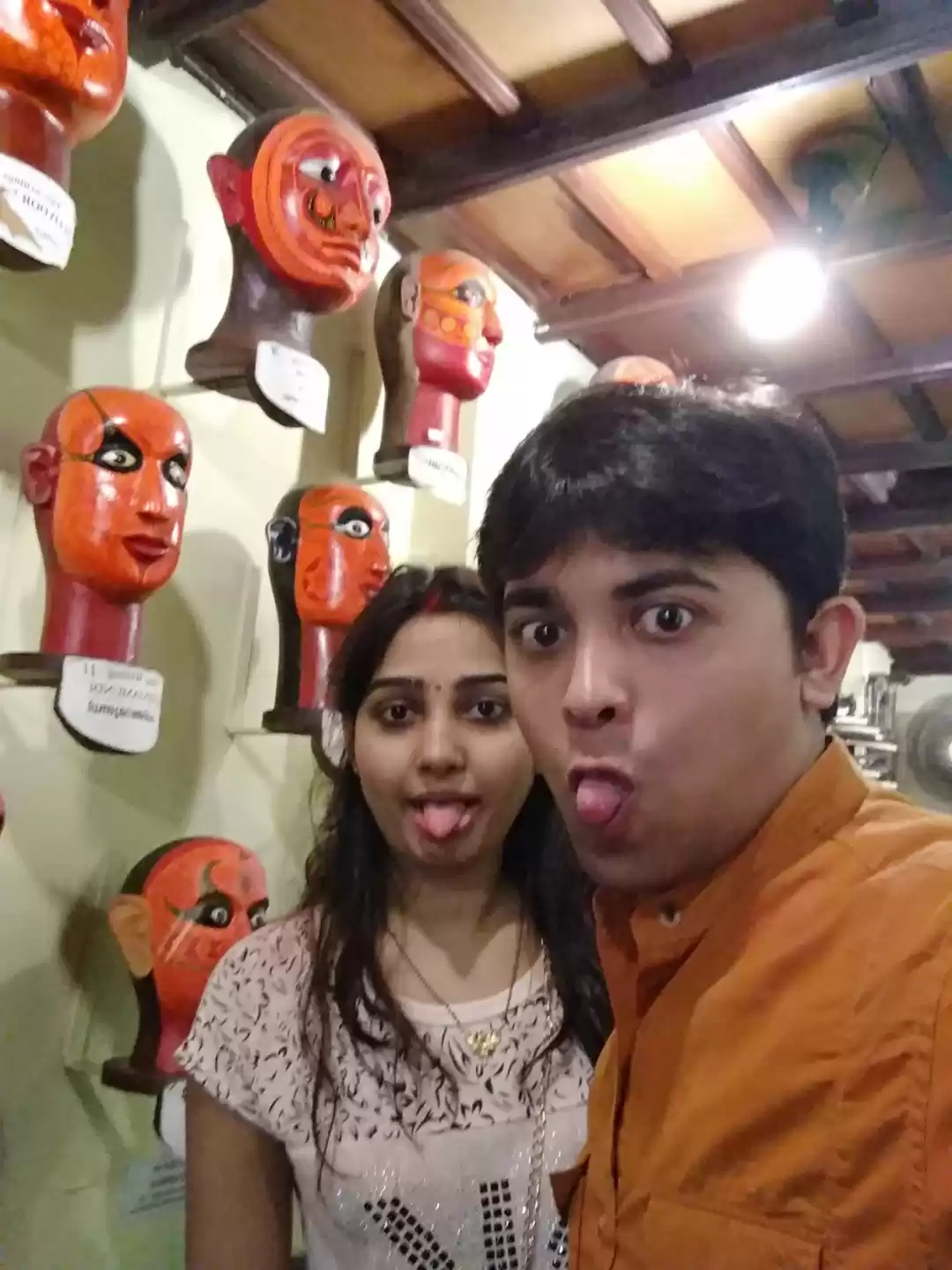If you are looking for a place that captures the essence of Istanbul’s rich and diverse history, culture, and beauty, look no further than Topkapi Palace. This magnificent complex was the residence and administrative center of the Ottoman sultans for over 400 years, and it is now one of the most visited museums in the world. From its stunning architecture and gardens, to its priceless collections and exhibits, to its intriguing stories and legends, Topkapi Palace will take you on a journey through the glorious Ottoman past. In this article, we will tell you everything you need to know about Topkapi Palace, including why you should visit it, how to plan your visit, and what to see and do there.
Why Visit Topkapi Palace?

Topkapi Palace is not just a palace, it is a living museum that showcases the Ottoman Empire’s achievements, traditions, and legacy. Here are some of the reasons why you should visit Topkapi Palace:
1. It is a UNESCO World Heritage Site
Topkapi Palace is one of the most important historical and cultural sites in Istanbul, and it has been recognized by UNESCO as a World Heritage Site since 1985. It is a masterpiece of Ottoman architecture, art, and design, and it reflects the cultural diversity and influence of the empire that spanned three continents and six centuries.
2. It has amazing features and highlights
Topkapi Palace is a sprawling complex that covers an area of about 700,000 square meters, and it consists of four main courtyards, several buildings, structures, and pavilions, and a large park. Some of the most impressive features and highlights of the palace are the Harem, where the sultan and his family lived, the Treasury, where the sultan’s jewels and valuables were stored, the Imperial Hall, where the sultan received guests and held ceremonies, and the Library of Ahmed III, where the sultan’s books and manuscripts were kept. The palace also boasts of beautiful gardens, fountains, and views of the Bosphorus and the Golden Horn.
3. It has fascinating stories and legends
Topkapi Palace is not only a place of beauty, but also a place of intrigue, mystery, and drama. The palace witnessed many events and stories that shaped the history of the Ottoman Empire, such as the conquest of Constantinople, the reign of Suleiman the Magnificent, and the end of the empire. The palace also has many legends and myths, such as the one about the Spoonmaker’s Diamond, the largest and most valuable diamond in the palace, which was allegedly found by a fisherman in a pile of rubbish, or the one about the Topkapi Dagger, a jewel-encrusted dagger that was the subject of a famous heist movie.
How to Plan Your Visit to Topkapi Palace?

Visiting Topkapi Palace can be an overwhelming and exhausting experience, especially if you are not prepared. Here are some practical information and tips for visiting the palace:
When to visit? The best time to visit Topkapi Palace is in the spring or autumn, when the weather is mild and the crowds are less. The palace is open every day except Tuesdays, from 9:00 am to 5:00 pm in the winter, and from 9:00 am to 7:00 pm in the summer. The last admission is one hour before closing. The palace can get very busy during peak seasons and holidays, so it is advisable to arrive early or book your tickets online in advance.
How to get there? Topkapi Palace is located in the historical peninsula of Istanbul, near the Hagia Sophia and the Blue Mosque. You can easily reach the palace by public transportation, such as tram, bus, metro, or ferry. The nearest tram stop is Sultanahmet, which is a 10-minute walk from the palace. The nearest bus stop is Gülhane, which is a 5-minute walk from the palace. The nearest metro station is Sirkeci, which is a 15-minute walk from the palace. The nearest ferry terminal is Eminönü, which is a 20-minute walk from the palace.
How much does it cost? The entrance fee to Topkapi Palace is 100 Turkish Liras (about 12 USD) for adults, and free for children under 12. This fee includes access to the main courtyards and buildings, but not to the Harem and the Treasury, which require separate tickets. The entrance fee to the Harem is 70 Turkish Liras (about 8 USD), and the entrance fee to the Treasury is 45 Turkish Liras (about 5 USD).
What to See and Do at Topkapi Palace?

Topkapi Palace is divided into four main courtyards, each with its own buildings, structures, and exhibits. Here are some of the most interesting and important things to see and do at each courtyard:
First Courtyard: The first courtyard is the largest and the most public one, and it is also known as the Court of the Janissaries. The janissaries were the elite soldiers of the Ottoman army, and they guarded the palace entrance. The first courtyard has a park-like atmosphere, with trees, flowers, and benches. It also has some monuments and fountains, such as the Fountain of Ahmed III, a baroque-style fountain that was built in 1728, and the Byzantine Church of Hagia Eirene, a 6th-century church that was converted into a museum.
Second Courtyard: The second courtyard is the most important and the most crowded one, and it is also known as the Divan Square. The divan was the council of the sultan’s ministers and advisers, and they met in a building called the Tower of Justice, which overlooks the courtyard. The second courtyard has many buildings and exhibits, such as the Imperial Kitchen, where you can see the utensils, dishes, and recipes of the Ottoman cuisine, the Imperial Council Hall, where you can see the throne and the meeting room of the sultan and his council, the Armory, where you can see the weapons and armor of the Ottoman army, and the Imperial Treasury, where you can see the jewels and valuables of the sultan, including the Spoonmaker’s Diamond and the Topkapi Dagger. You can access the second courtyard through the Gate of Salutation, a decorated gate that has two towers and two lion statues.
Third Courtyard: The third courtyard is the most private and the most sacred one, and it is also known as the Enderun Courtyard. The enderun was the inner palace, where the sultan and his closest servants lived and studied. The third courtyard has some buildings and exhibits, such as the Audience Hall, where the sultan received foreign ambassadors and dignitaries, the Library of Ahmed III, where the sultan’s books and manuscripts were kept, the Relics Chamber, where the sultan’s religious relics were stored, such as the sword and cloak of Prophet Muhammad, and the Pavilion of the Holy Mantle, where the sultan’s ceremonial robes and accessories were displayed. You can access the third courtyard through the Gate of Felicity, a simple gate that has a curtain and a lantern.
Fourth Courtyard: The fourth courtyard is the most relaxing and the most scenic one, and it is also known as the Sofa Courtyard. The sofa was the leisure area of the sultan and his family, and they enjoyed the gardens, fountains, and views of the palace. The fourth courtyard has some pavilions and terraces, such as the Baghdad Pavilion, a wooden pavilion that was built in 1638 to commemorate the capture of Baghdad, the Revan Pavilion, a stone pavilion that was built in 1635 to commemorate the capture of Revan, the Iftariye Terrace, a terrace that was used for breaking the fast during Ramadan, and the Circumcision Room, a pavilion that was used for the circumcision ceremonies of the sultan’s sons. You can access the fourth courtyard through the Gate of the White Eunuchs, a gate that was guarded by the white eunuchs, who were the sultan’s personal servants.
Topkapi Palace is a must-see attraction for anyone who wants to experience the Ottoman Empire’s glory and legacy. It is a place where you can learn about the history, culture, and art of the empire, as well as enjoy the beauty and charm of the palace. Whether you are interested in architecture, collections, or stories, Topkapi Palace has something for everyone.
We hope you enjoyed this article and learned something new about Topkapi Palace.






